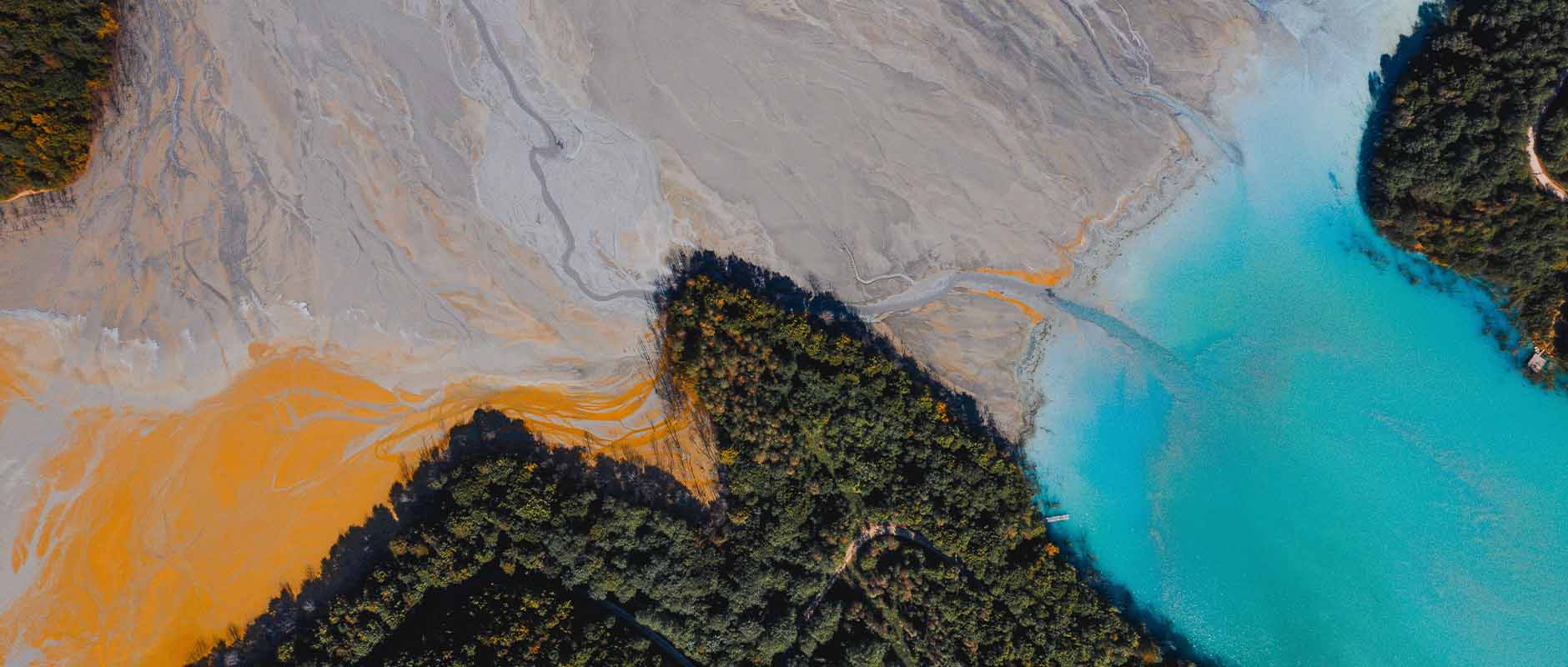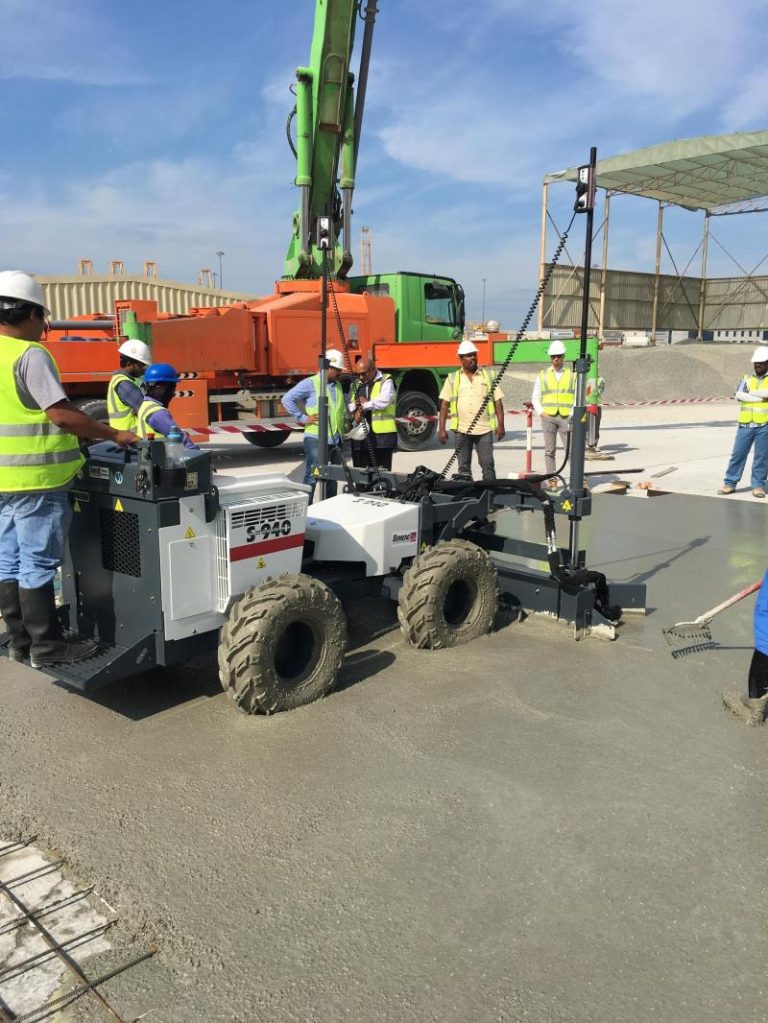Flood Cleanup Safety Tips for Wet Basements

Finding water in your basement can be anxiety-inducing. Your natural reaction may be to grab anything that will help you start shoveling it out. Stop. The reality is that flood cleanup involves electrical, biological, and structural hazards that can become worse by jumping in without knowing the ramifications.
Using a step-by-step safety routine will keep you safe, minimize the chances of damage spreading, and allow for an organized plan for full mold prevention later. Here are some tips.
Switching Off Power First
Electricity and water do not mix. First, you need to turn off power to the flooded area.
Take a battery flashlight, put on rubber-soled shoes, and go directly to the main breaker panel. If the panel itself is wet, or if you can’t get to it without walking in the water, please stay out of the basement and call an electrician, or your utility emergency line.
After you turn power off, only use battery lights while you are working. This one action allows you to begin emergency water extraction without the risk of an electric shock.
Is the Water Contaminated?
Not all floodwater is equally dangerous to health and safety. Clean water from a burst supply pipe offers little risk to an average person; however, “gray” water coming from a washer, or “black” water coming from a sewer drain or toilet is inherently more dangerous.
Trust your senses and common sense:
- Visual observation and smell: If water appears cloudy, or you can smell sewage, you are likely dealing with contaminated water. See this link
- Touch: Always wear nitrile gloves-do not touch water with your bare skin.
- Source clues: Rainwater that seeped through a window well is generally less contaminated than water that spills out of a floor drain.
If you are dealing with suspected gray water or black water, you should also add goggles and wear a N95 mask. You should remove saturated cardboard, carpets and drywall you cannot sanitize; all of these items will allow microbes to breed in a matter of hours.
See this link https://www.lgsonic.com/water-contamination/ to learn more.
Gear That Keeps You Safe
Proper protective equipment can be the difference between a swift, successful cleanup or a trip to the emergency room. Stock up the following gear before wading into your wet basement:
- Waterproof boots with non-slip soles
- Heavy-duty rubber or nitrile gloves
- Disposable coveralls or old long sleeves to discard afterwards
- Goggles or glasses
- N95 respirator to protect from musty or contaminated air
- Head lamp, so you can see when you crouch behind appliances and keep both hands free
Many DIYers involved in Brooklyn water damage restoration also prepared a 5-gallon bucket with some extra trash bags, towels and spare batteries. Keeping everything within this reach will allow you to focus on the immediate job at hand during the initial 24 hours of flood cleanup.
Clearing Standing Water Fast
Water that stands still for only a couple hours can wick into the studs or flooring; so get started quickly after turning off the power and donning your personal protective equipment.
The removal plan is simple:
- Pump first: A submersible pump is the best choice for large quantities of water. Direct the hose downslope and away from the foundation.
- Vacuum second: A wet/dry vac is best for the shallow puddles, water gathering around walls and drains.
- Squeegee last: Using a squeegee or broom, push the last sheen of water toward the pump pit or floor drain.
- Ventilate: Place box fans and a portable dehumidifier to get the ball rolling on structural drying.
The faster you can lower the humidity the less likely you will be battling mildew on the framing in the future.
Checking Hidden Moisture Spots
Dry floors can be deceiving. Water has likely wicked upwards into the baseboards, sill plates and insulation where you cannot see it.
Use a pin-type moisture meter to check along the bottom edges of drywall. You may pull back a small section of baseboard to check the cavity. If readings remain over 15 percent, you may score a narrow strip of drywall near the floor, venting the stud bay. Run a dehumidifier until readings are in a safe range.
Professional crews use moisture mapping to assist in using their equipment and drying larger spaces. You can do something similar with painter’s tape. Mark a wet area, check again in a few hours, and keep going until your meter registers safe levels not just at the surface. Check this link for more insight.
Wet basements can be daunting; a procedural approach will help keep you safe and in control. Shut off power, assess the water quality, get the right gear, act swiftly to remove standing water, and seek hidden wet areas. If you observe buckled floors, increasing odors or mold patches despite your best efforts, reach out to a certified water damage technician immediately. They will have the equipment and training to finish the job, ensure the basement is returned to pre-loss conditions, and avert future damage.

